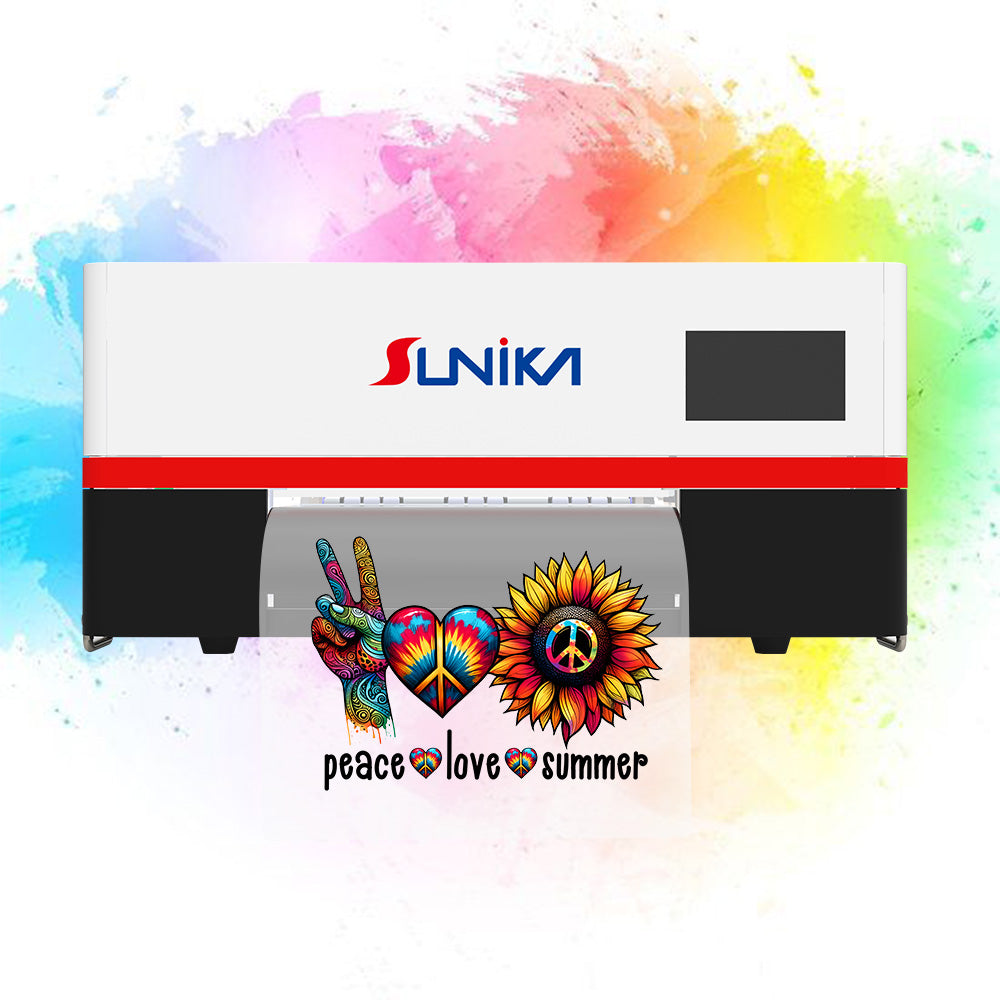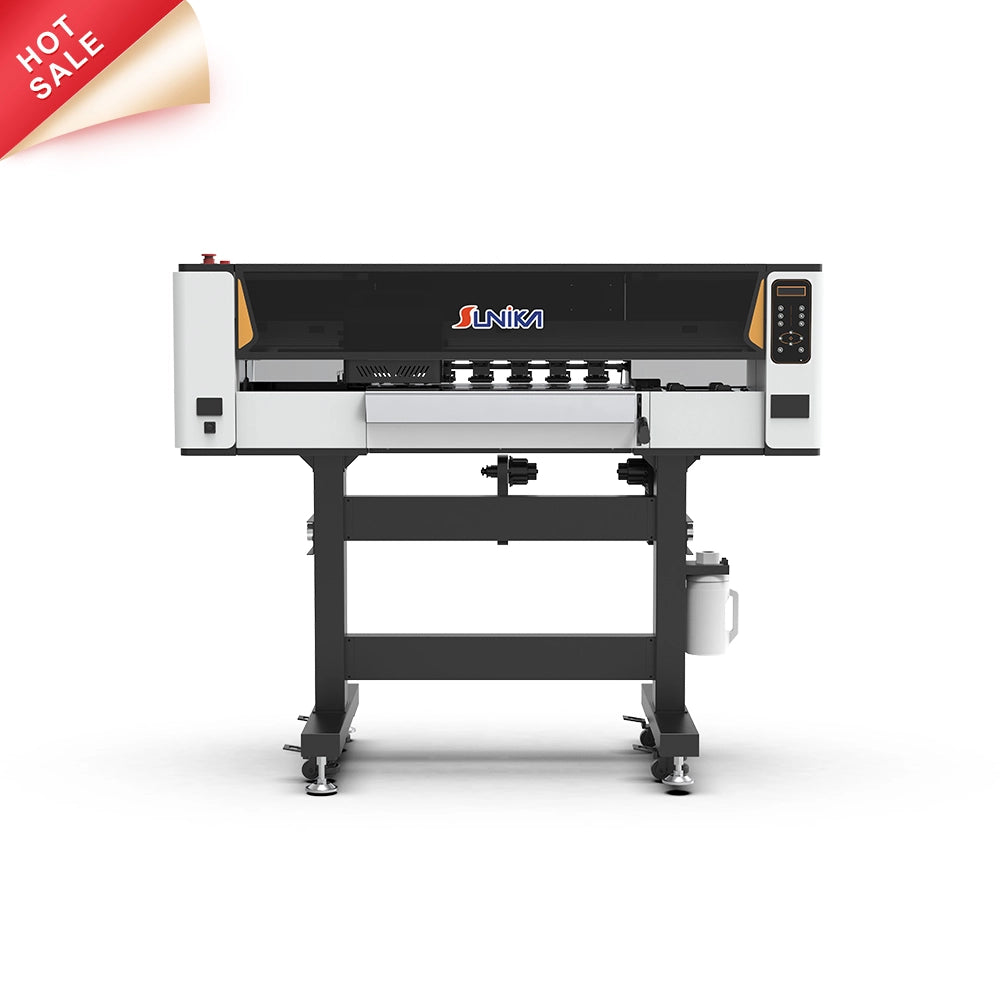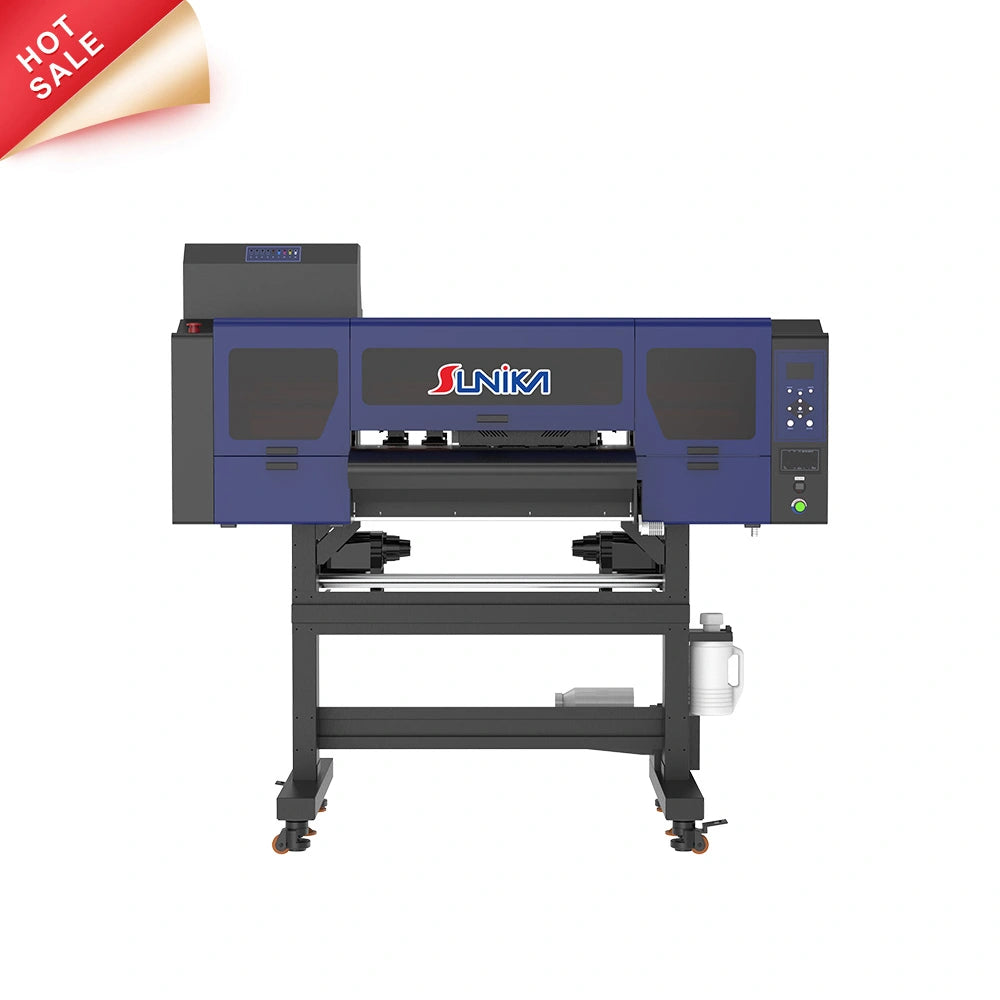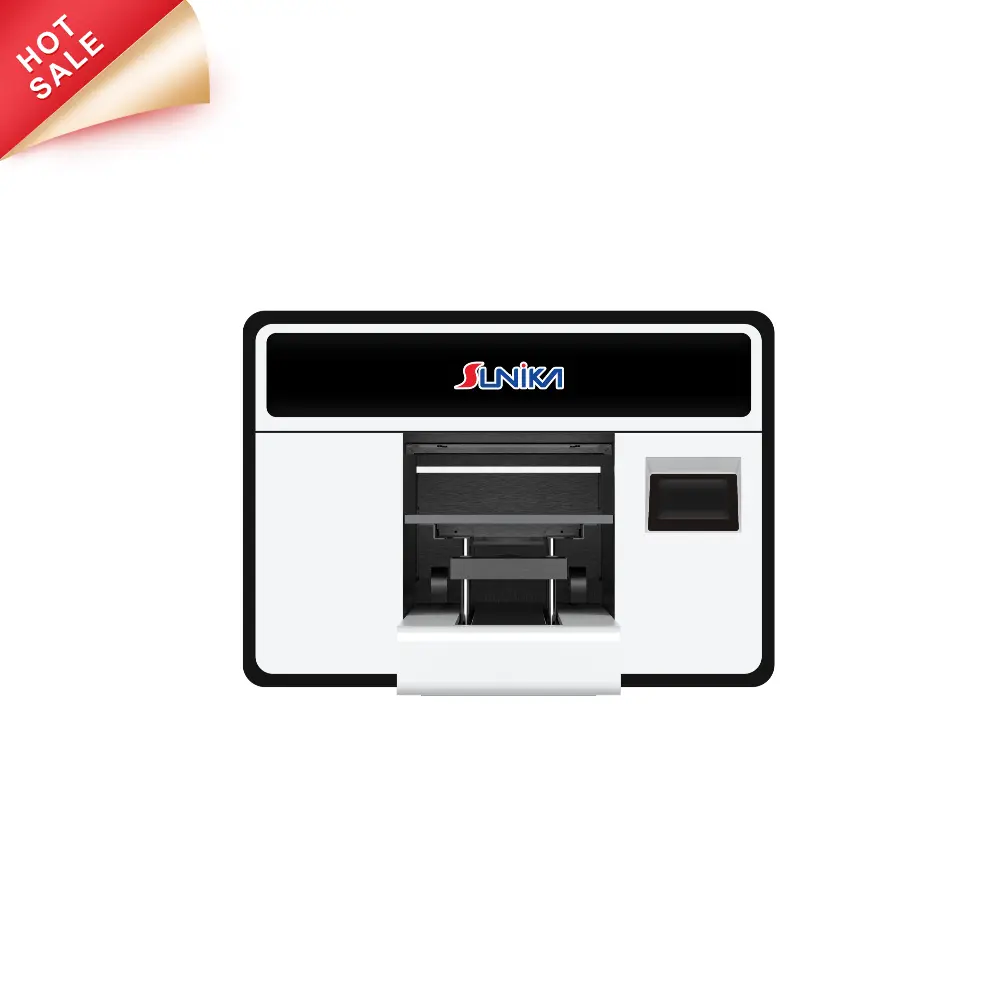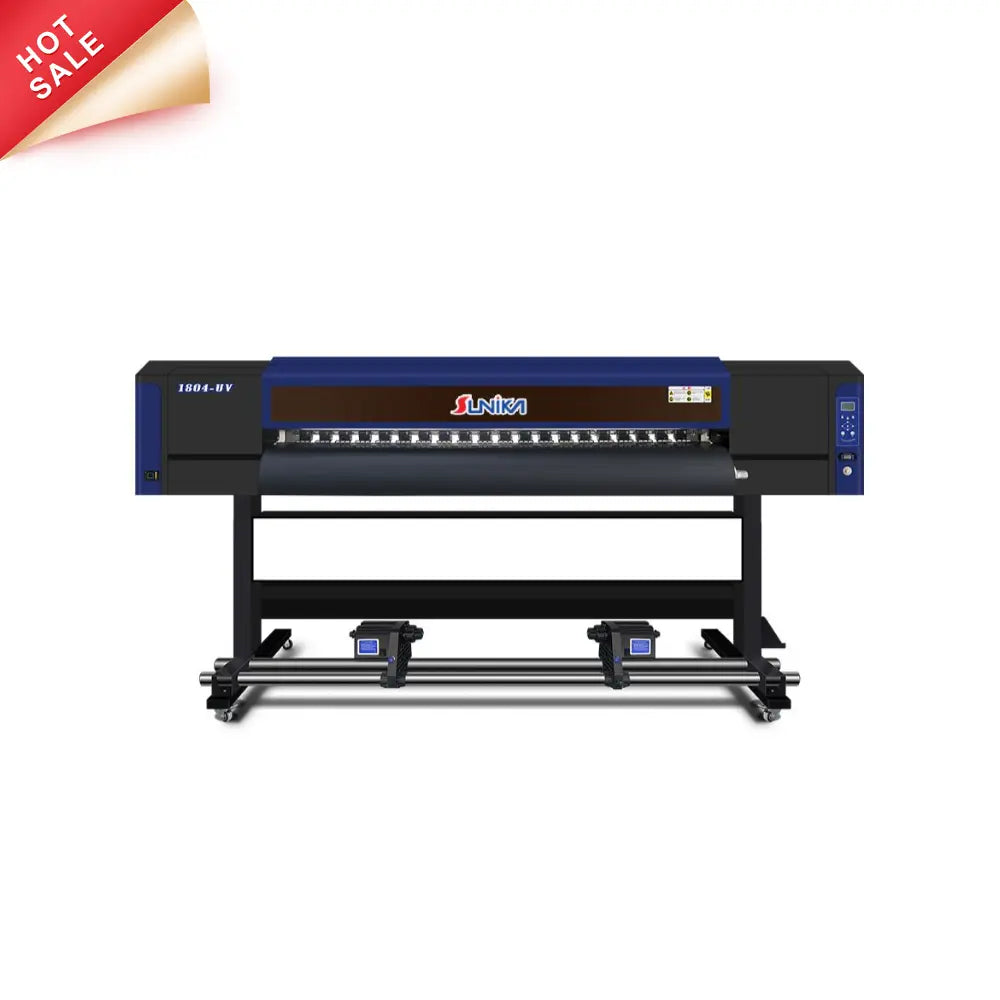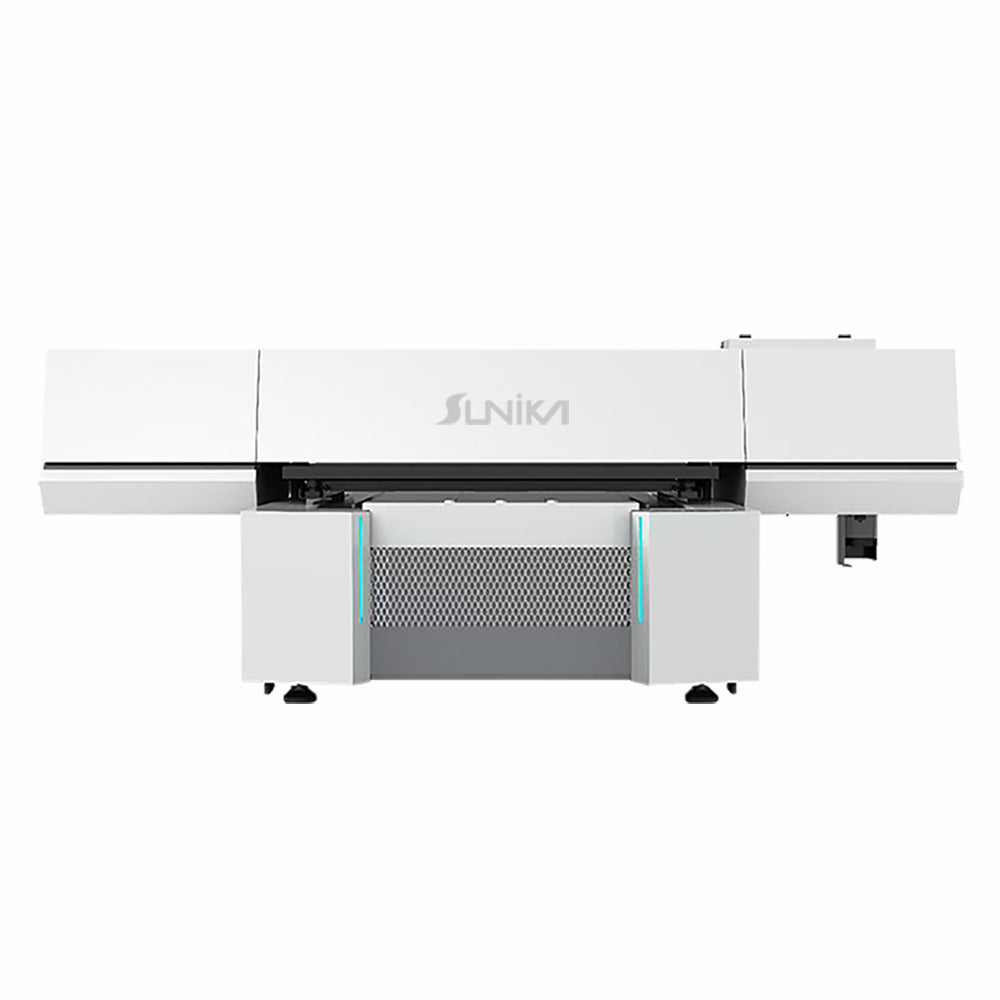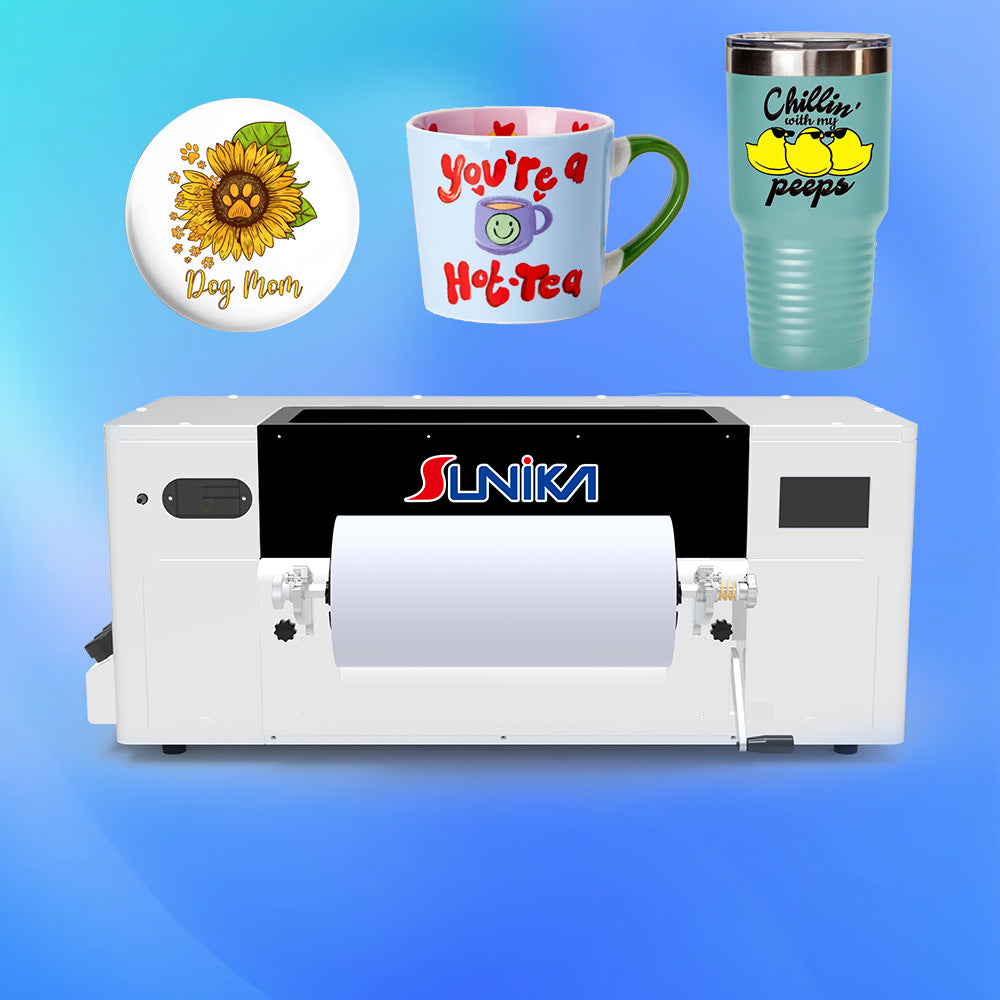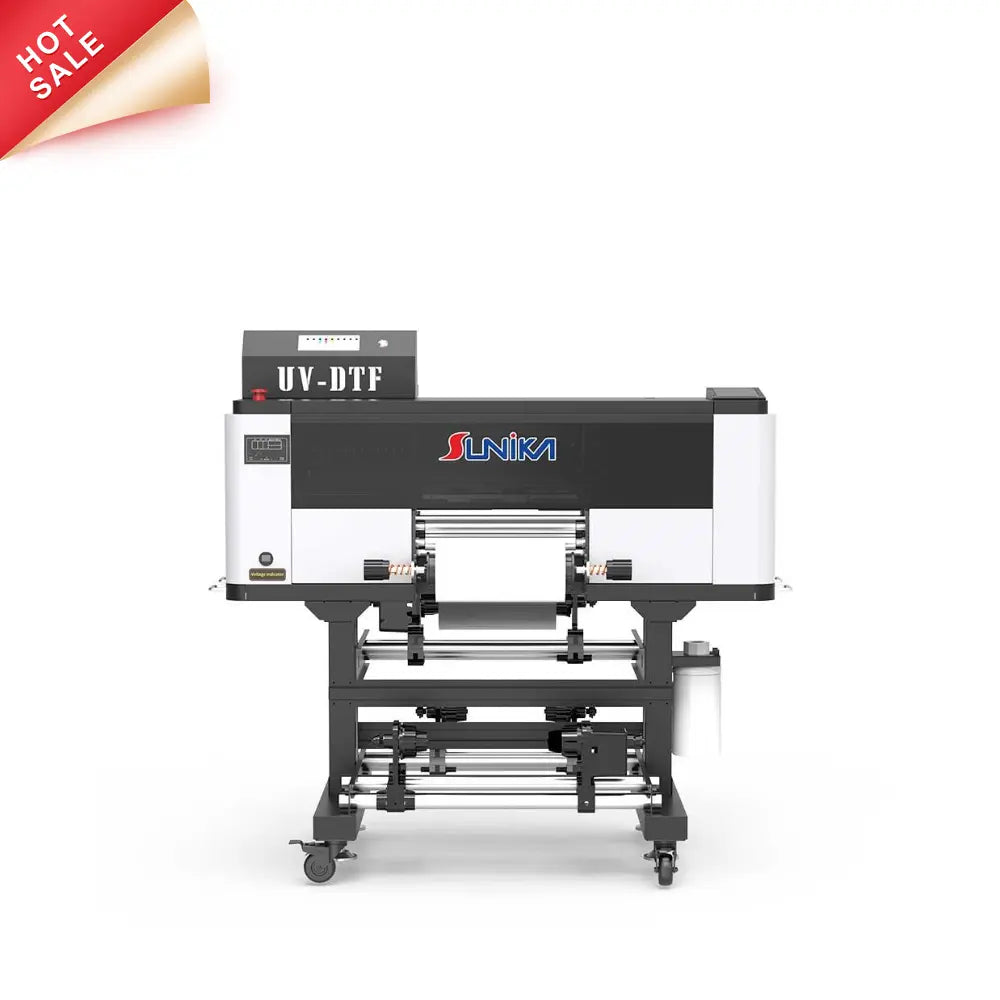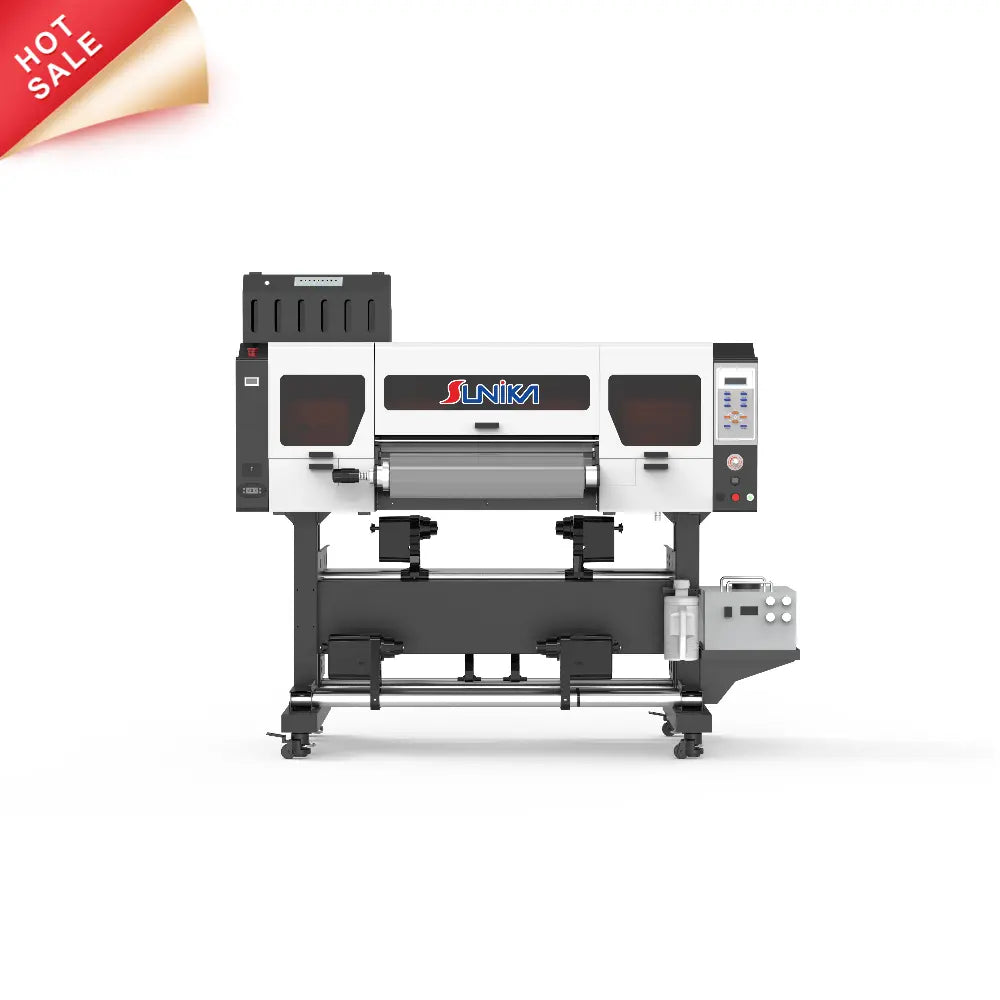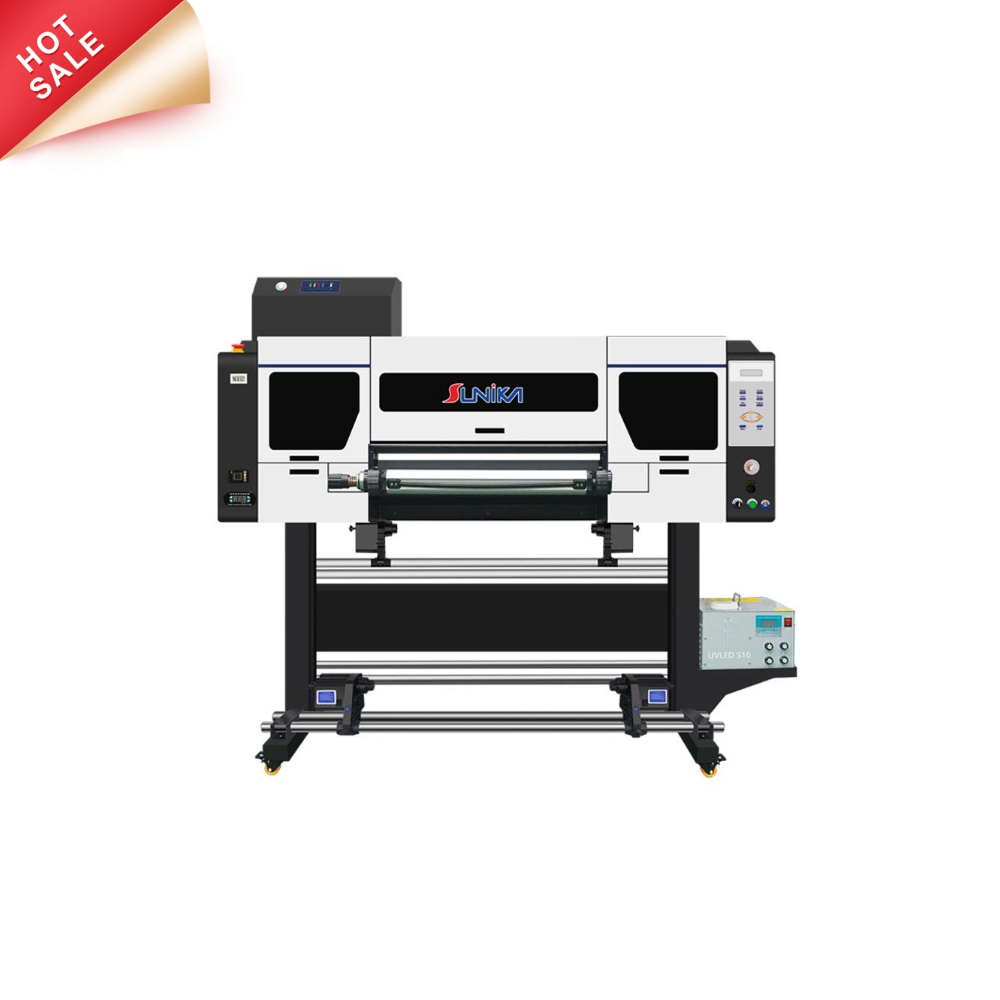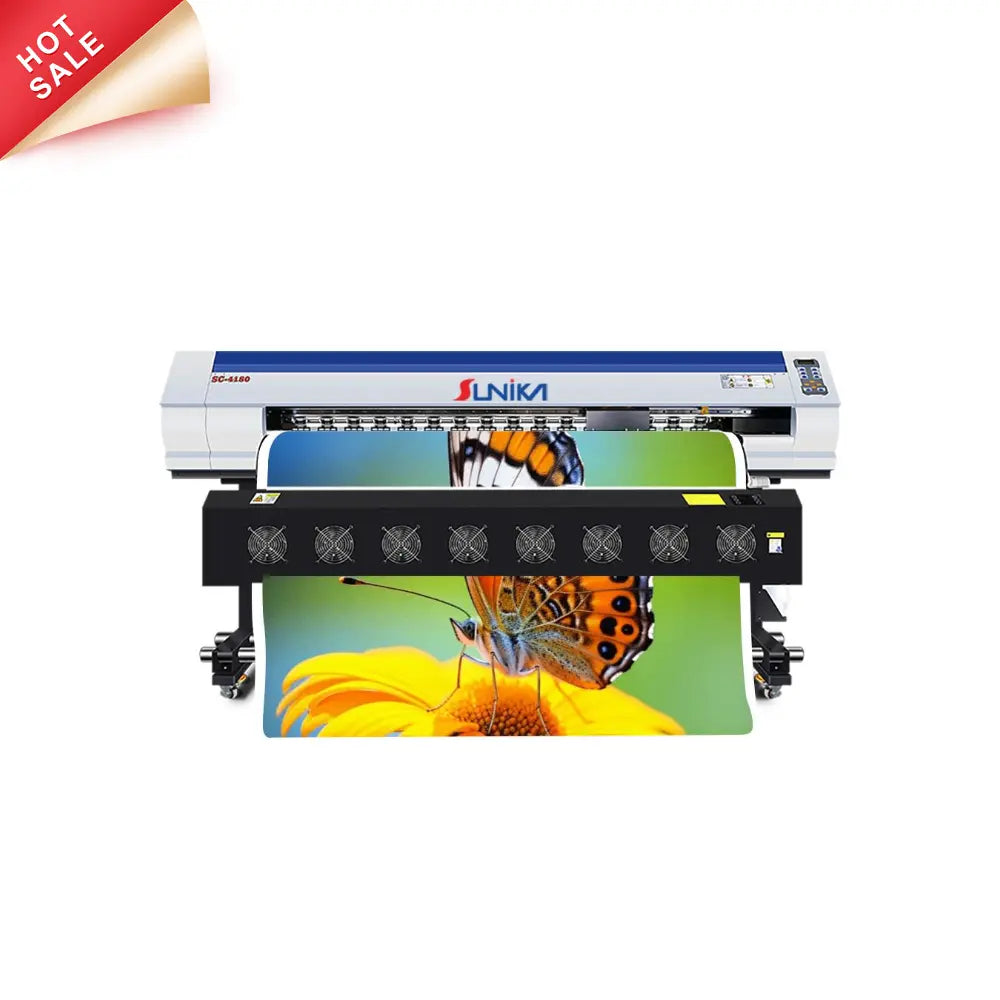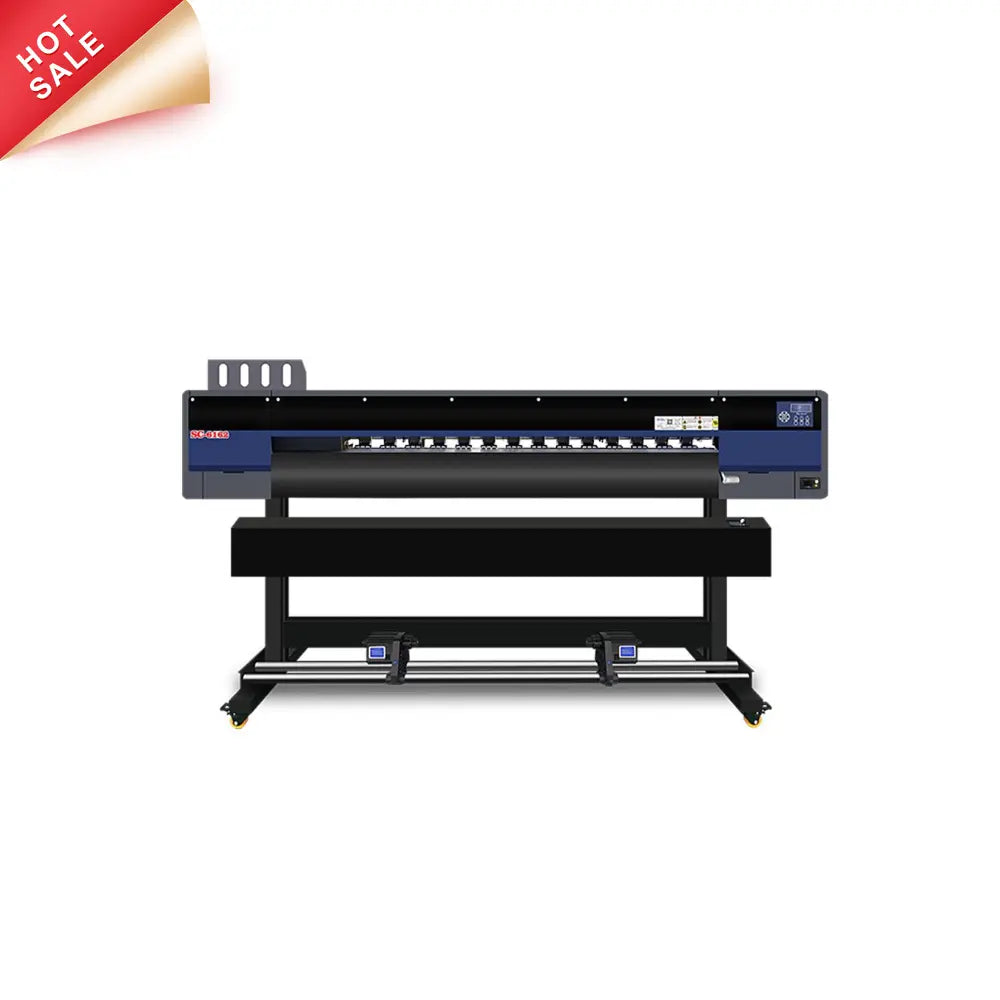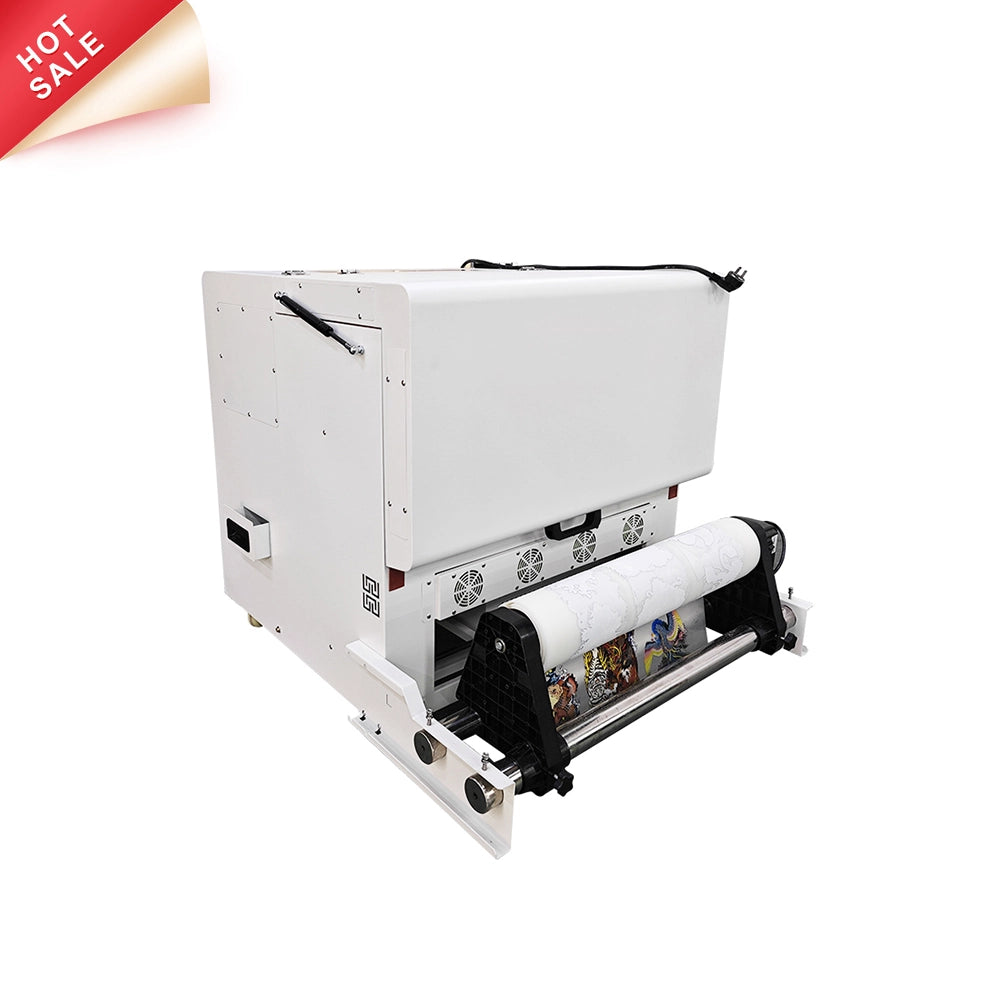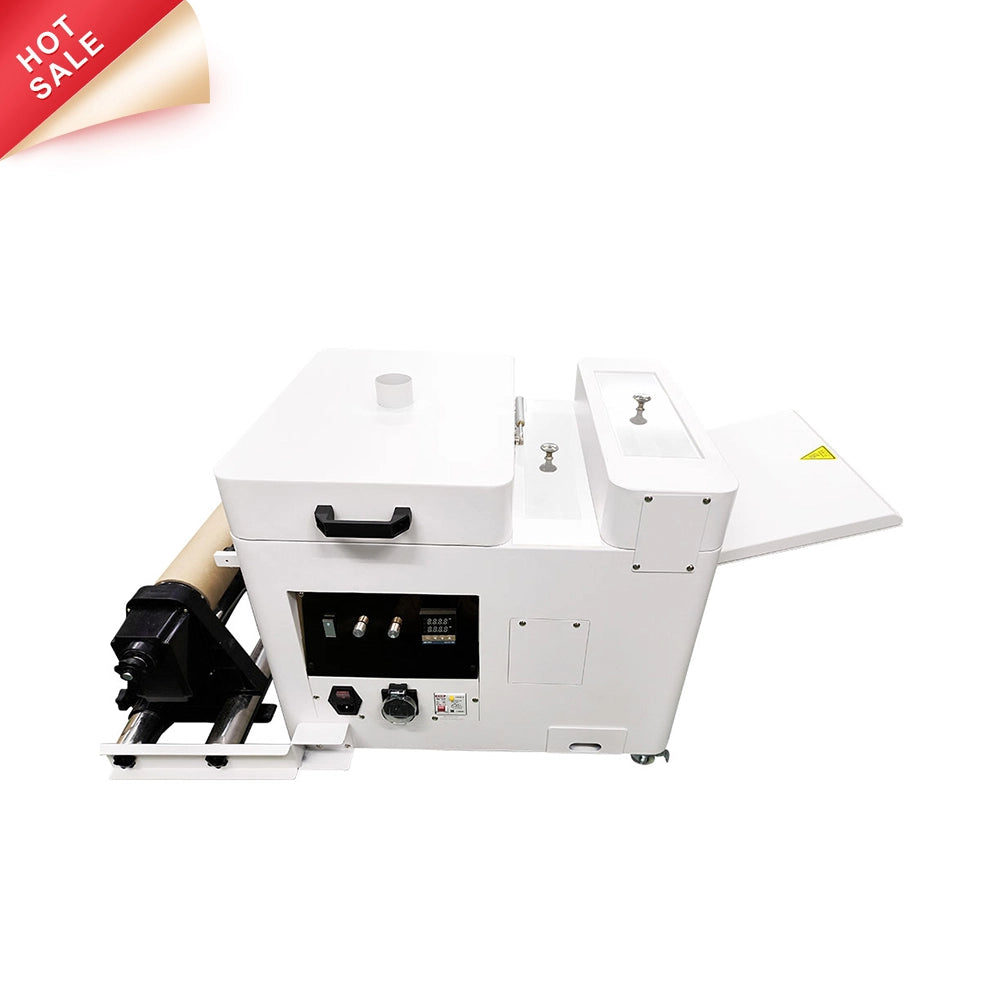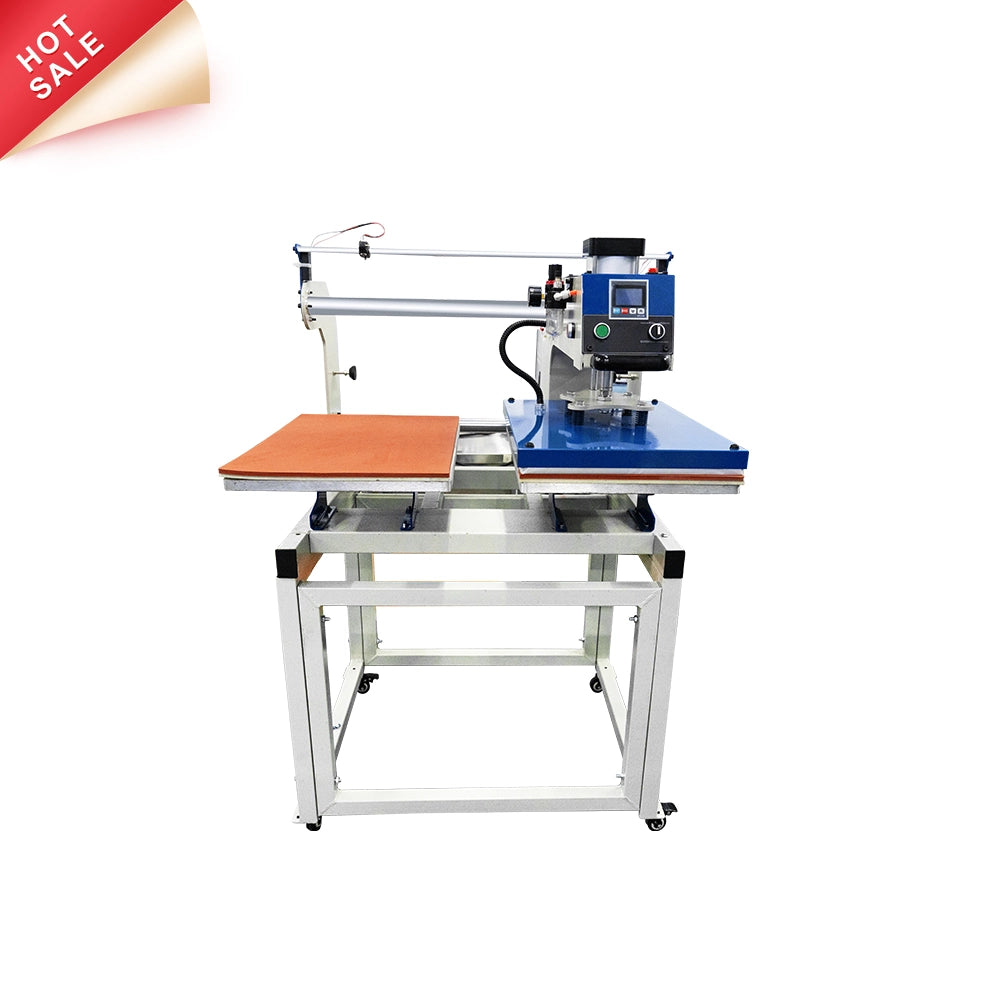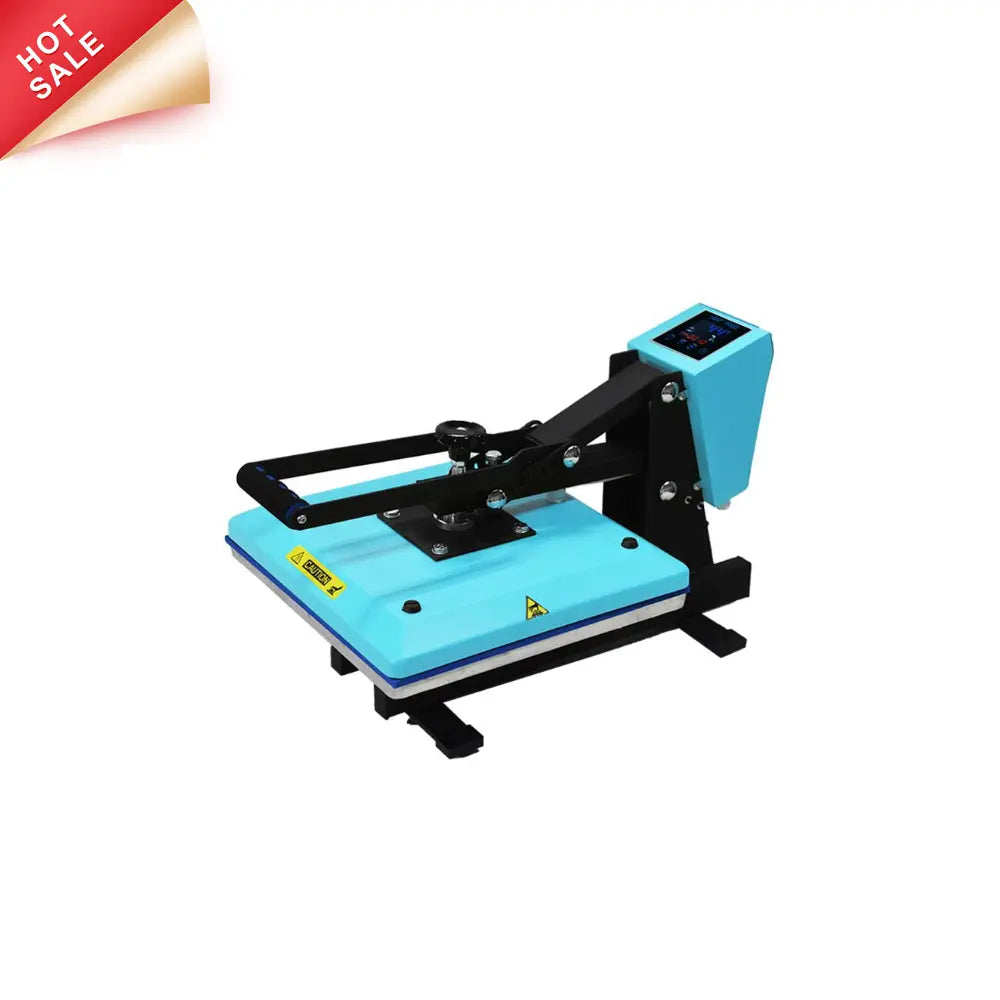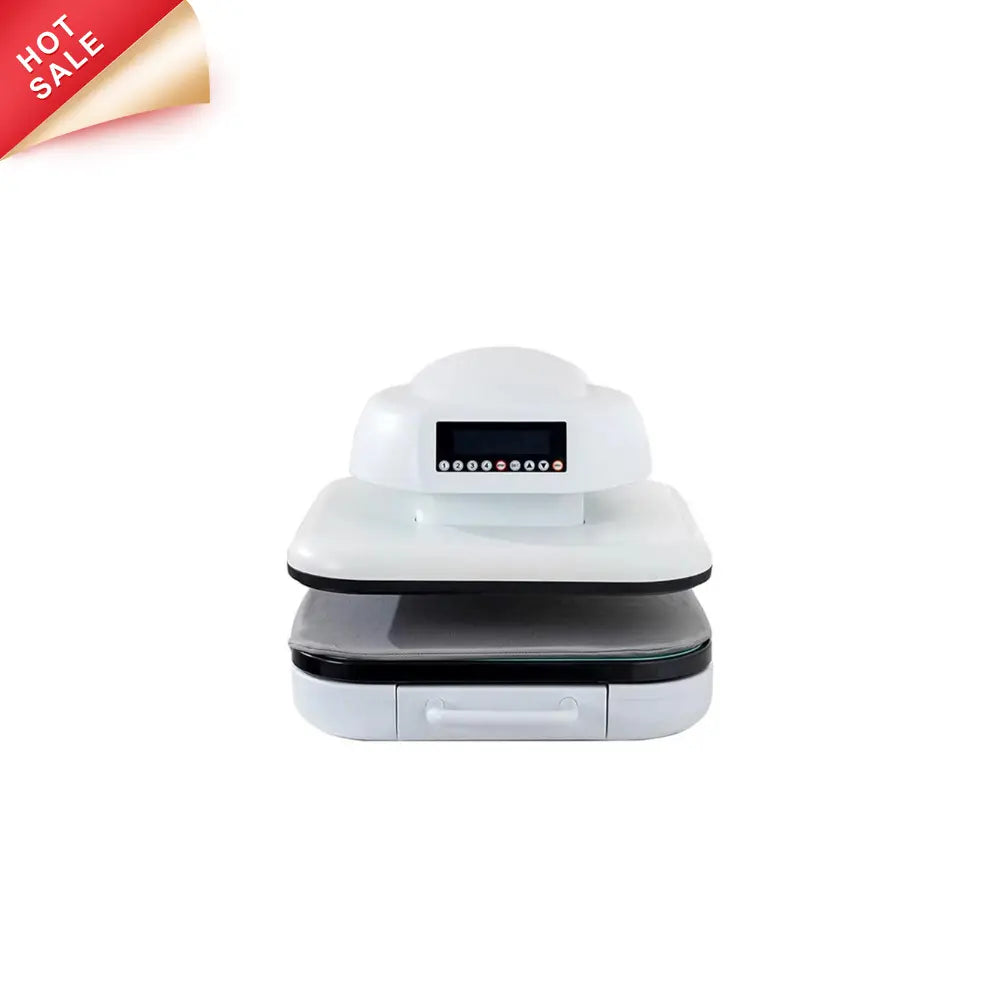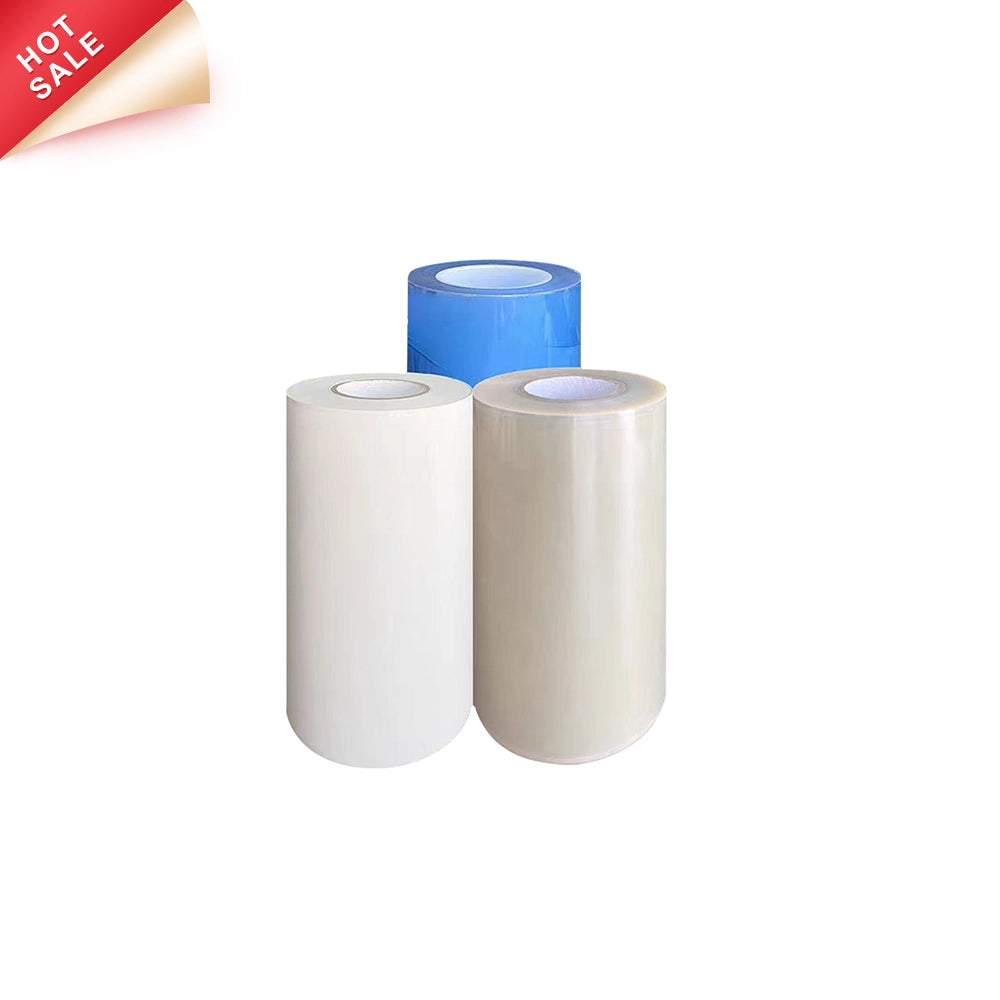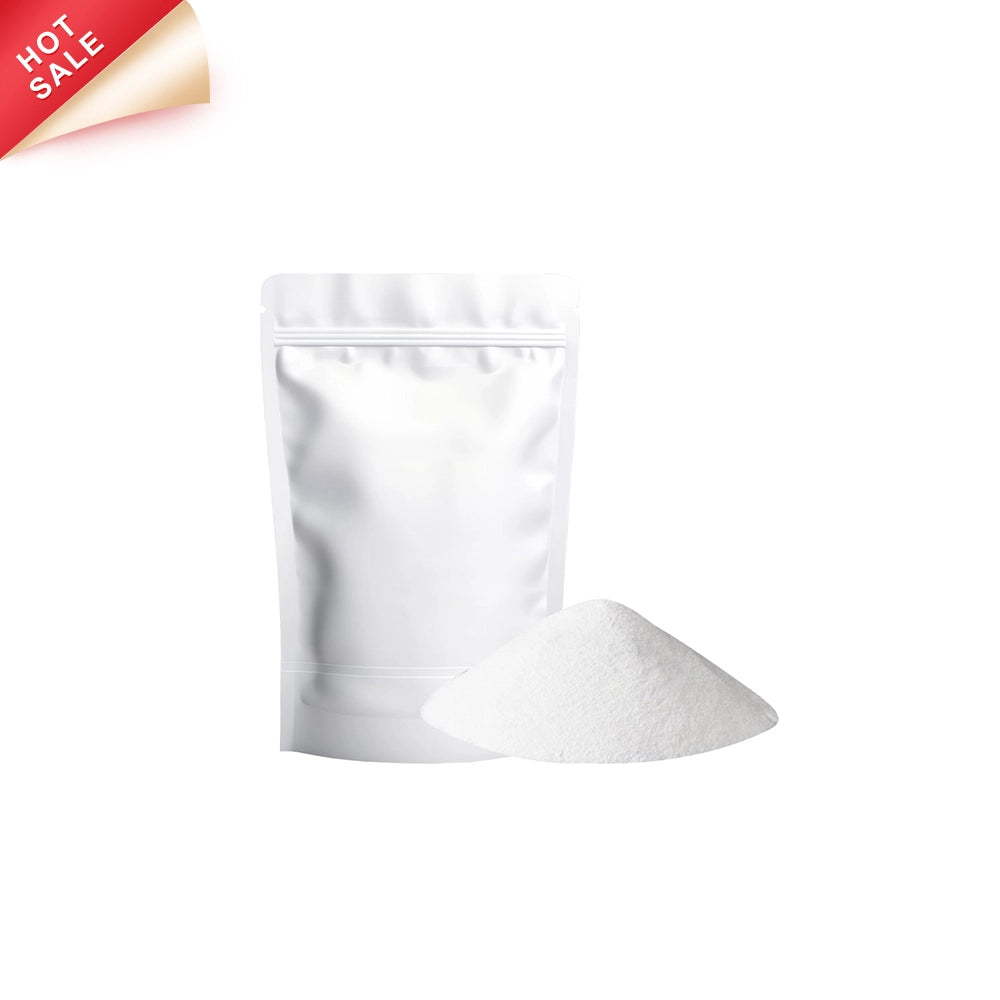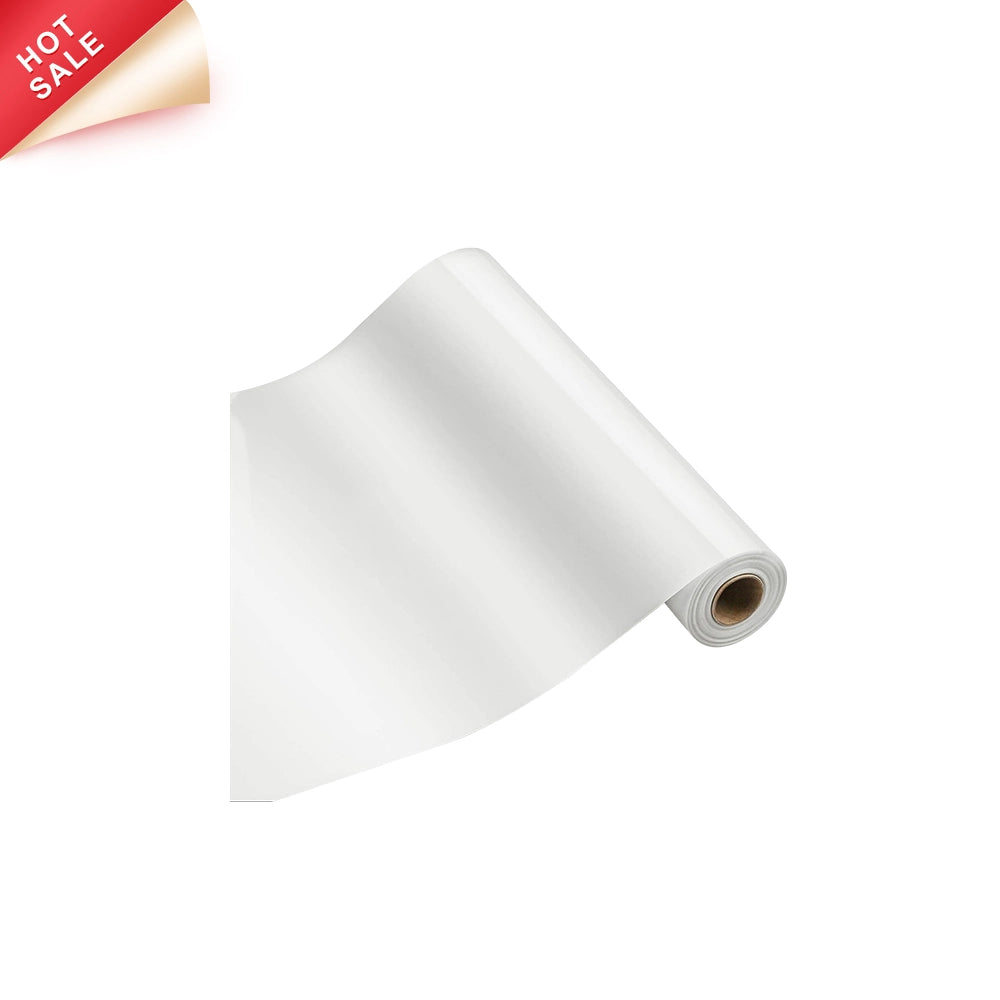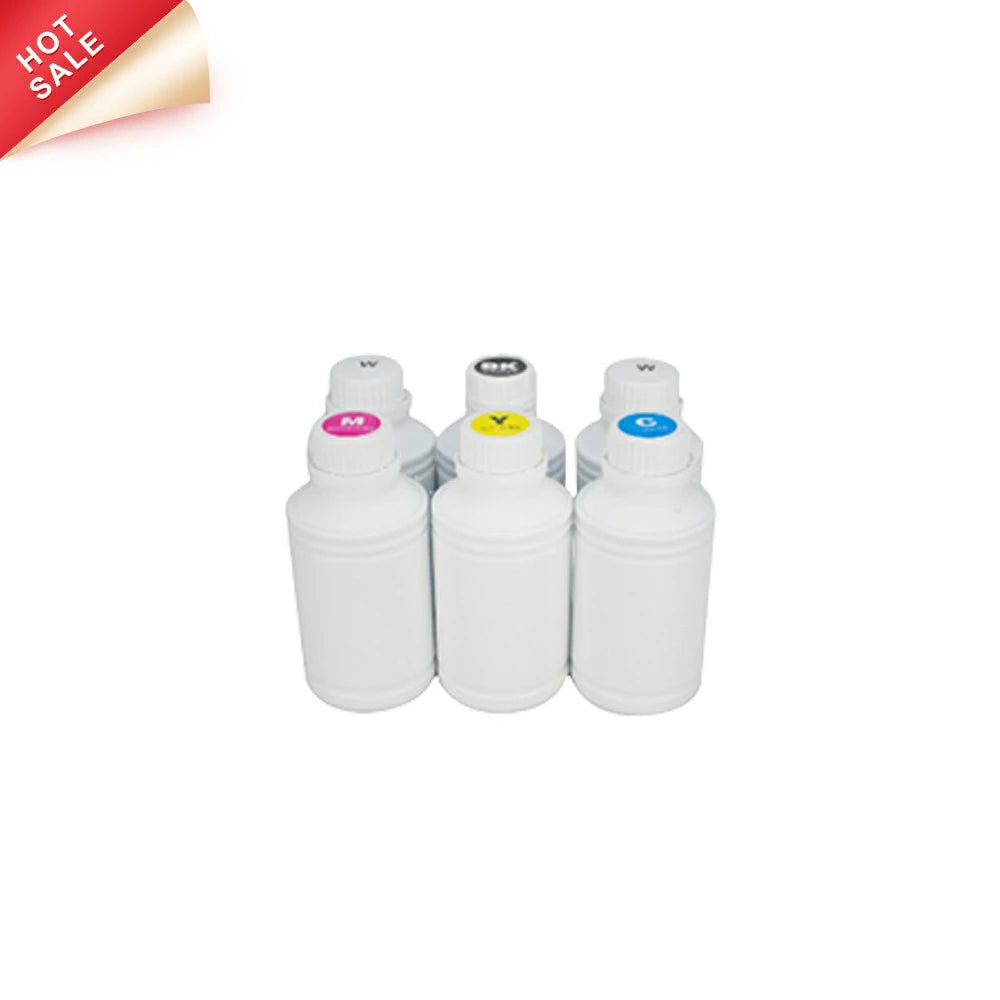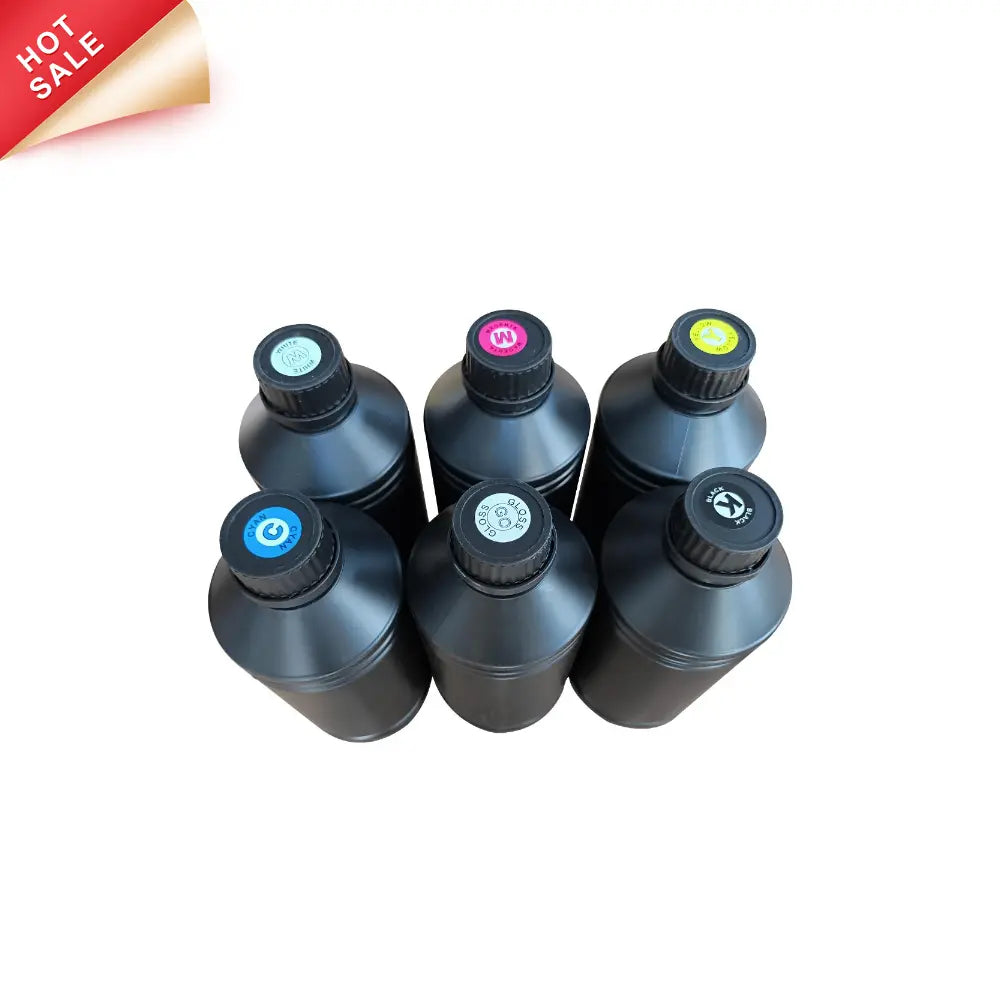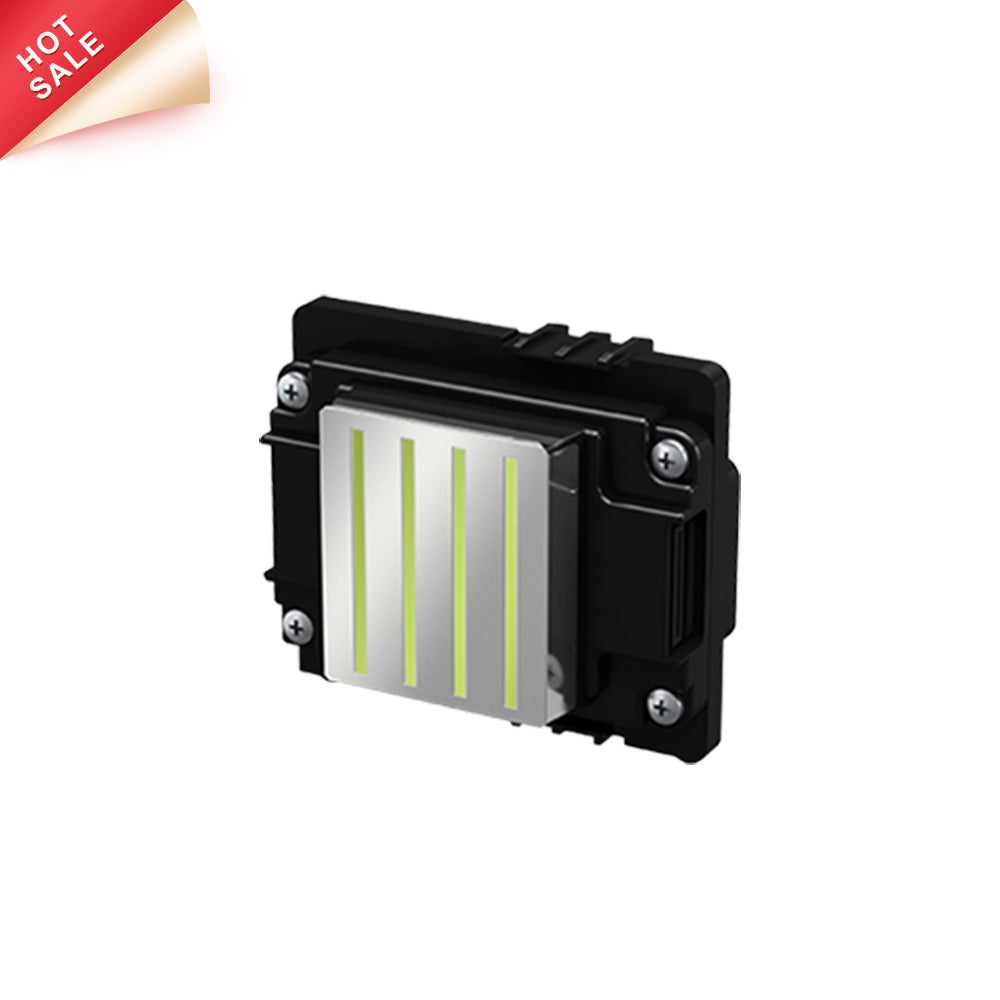In the world of custom apparel, how you print your designs can say as much about your brand as the artwork itself. With the rise of modern print technologies, brands today are often caught choosing between two leading methods: DTF (Direct-to-Film) and screen printing. Each offers distinct advantages depending on your design style, materials, and production scale.
Whether you’re just starting out or looking to upgrade your print process, this guide breaks down both methods to help you choose what works best for your needs.
🎨 What Is DTF Printing?
Direct-to-Film printing (DTF) is a relatively new technique where designs are printed onto a special film, coated with a powder adhesive, and then heat-transferred onto fabric. It’s particularly known for its flexibility, vivid color output, and ability to handle intricate graphics.
✅ Pros of DTF Printing:
-
Prints on almost any fabric: Cotton, polyester, blends—even tricky materials like nylon.
-
High-detail results: Great for complex or photo-realistic designs.
-
No screen setup: Perfect for one-off pieces or small batches.
-
Durable and washable: Colors stay vibrant through many wash cycles.
⚠️ Cons of DTF Printing:
-
More expensive for bulk runs: Higher cost per print compared to traditional screen printing.
-
Slower production speed: Especially if done manually or for high volumes.

🖌️ What Is Screen Printing?
Screen printing is a time-tested process that uses mesh stencils to apply ink onto fabric, one color at a time. While it involves more upfront setup, it’s been the go-to method for decades—especially for bold, high-volume printing.
✅ Pros of Screen Printing:
-
Excellent for bulk orders: The more you print, the cheaper it gets.
-
Thick, vibrant ink layers: Gives designs a premium, textured feel.
-
Highly durable: Withstands wear, tear, and washing over time.
⚠️ Cons of Screen Printing:
-
Not ideal for small batches: Setup can be time-consuming and costly for low-volume orders.
-
Limited in color complexity: Multicolor prints require more screens and alignment, which adds time and cost.
⚖️ DTF vs. Screen Printing: A Practical Comparison
| Feature | DTF Printing | Screen Printing |
|---|---|---|
| Design Detail | Great for fine lines, gradients, and full-color | Best for bold, simple graphics |
| Color Flexibility | Unlimited color possibilities | Fewer colors per design (unless automated) |
| Material Compatibility | Works on almost all fabrics | Works well on most, but may require special inks |
| Order Size Suitability | Perfect for small batches or custom work | More efficient for large volume printing |
| Cost Efficiency | Cost-effective in small runs | Cheaper per unit at scale |
🧠 Which Method Should You Choose?
Ultimately, your choice depends on your priorities:
-
Running a small brand or print-on-demand store? Go with DTF—it offers versatility and requires less setup.
-
Printing for an event, promotion, or large retail drop? Screen printing will save you time and money on volume.
-
Need high-resolution or photo-quality designs? DTF is your best bet.
-
Going for bold, high-impact branding with few colors? Screen printing shines here.
🔚 Conclusion: Choose What Aligns With Your Brand Goals
Both DTF and screen printing have their strengths—and neither is strictly better than the other. The key is knowing what suits your design style, production needs, and customer expectations.
Whether you're creating one-of-a-kind streetwear or fulfilling hundreds of branded t-shirts for an event, choosing the right print method helps ensure quality, consistency, and cost-efficiency.
👉 Pro tip: Test both methods on a small scale to see which one aligns best with your workflow and design outcomes.


